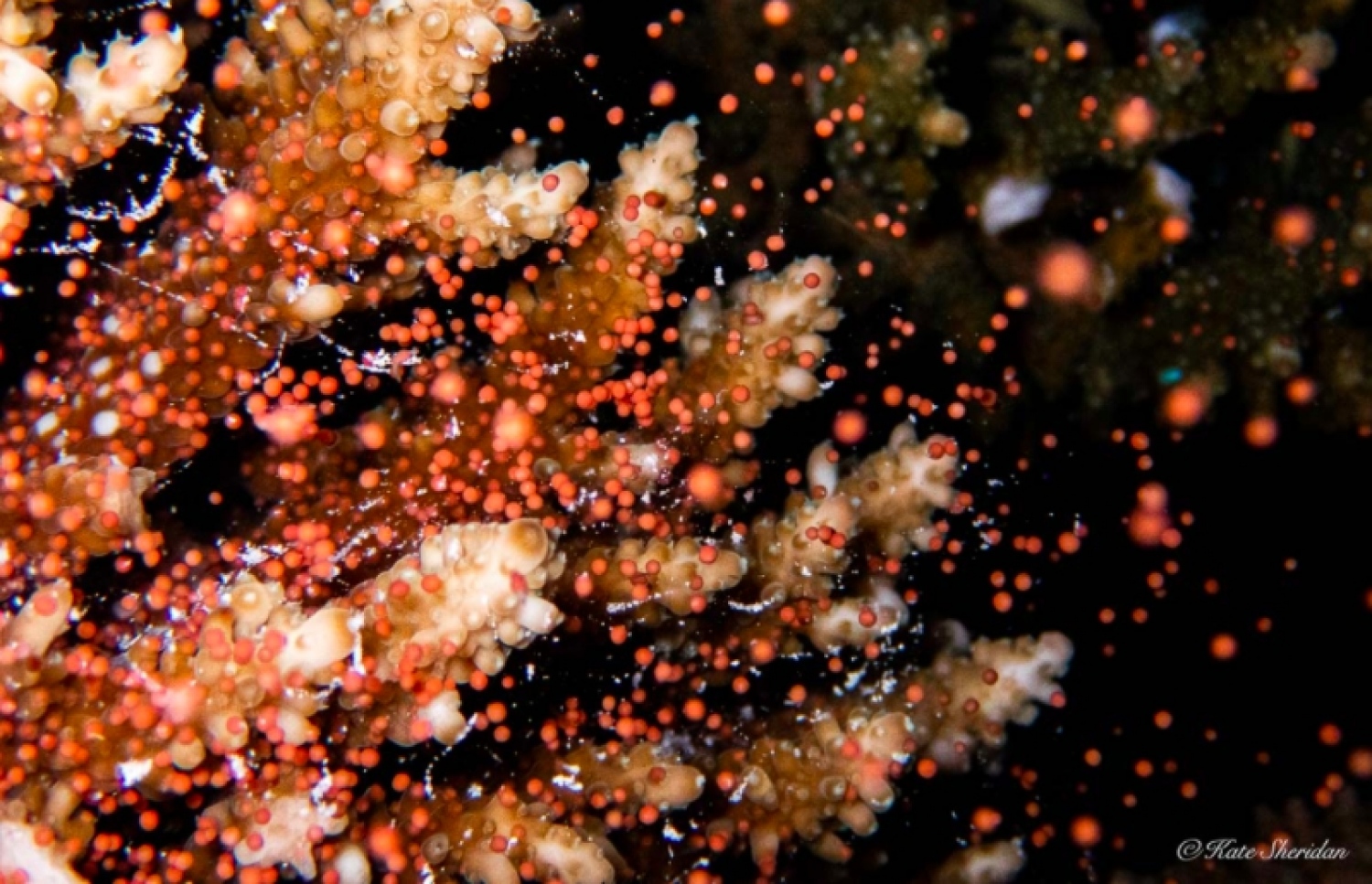
The 2015-2016 El Niño, the climatic pattern that describes the unusual warming of sea surface temperatures, caused the largest recorded mass bleaching in the Maldives. The phenomena devastated 70 percent of the coral reef ecosystems of the Maldives necessitating the remaining 30 percent to be protected at all costs. The future of the health of the fragile coral reef ecosystems is dependent on what can be done, today.
Reefscapers, an independent marine consultation company founded by Thomas Le Berre and Marie Saleem is one such organisation that is taking heed for a better future for the corals. Twenty years in with their passion for the marine world and the conservation of its habitats had led them to do research on the restoration of coral reef ecosystems. After comprehensive research, the coral frame technique was developed by Thomas which is now adopted by conservation groups across the world.
The coral frame technique aids corals to be reproduced asexually, by coral propagation. Fragments of coral are transplanted onto a coral frame to generate new ones, to expedite coral growth for healthier reef ecosystems. This method has been the norm in the Maldives since its introduction.
Moreover, the sexual reproduction method of restoration has been introduced by the Reefscapers Marine Discovery Centre in Four Seasons Landaa Giraavaru; a glimmer of hope again. When the spectacle of coral spawning occurs, entire coral colonies release their tiny eggs and sperm called gametes into the ocean. Reefscapers coral restoration projects increase the coral growth in a particular area, thereby aiding successful spawning, which occurs once a year on average. On a spawning spree, eggs and gametes are collected using a method of mesh and bottling. These are left to fertilise and grow in special tanks. After a certain period of growth, they are transferred back to the reefs. This has been a win for the project, as tiny polyps have been observed.
Simon Dickson, Manager of the Four Seasons Landaa Giravaaru Marine Discovery Centre, explained that the project will focus to restore corals that had survived the coral bleaching phenomena. This gives a high probability for new coral growth to withstand the effects of coral bleaching, prolonging the mortality rate. The project aims to restore corals using both sexual and asexual reproductive methods as spawning occurs at most, two to three times a year.
Since its inception, Reefscapers have transplanted more than 500,000 types of corals. Although there is hope for coral rehabilitation in the Maldives, drastic climate changes caused by the emission of toxic gases and other irresponsible human activities might hinder the progress of restoration for future generations.

(FILE) Corals spawning in a reef in Male' Atoll: the coral bleaching caused in the 2015-2016 El Niño has increased the need to protect the remaining coral reefs in Maldives at all costs -- Photo: Kate Sheridan